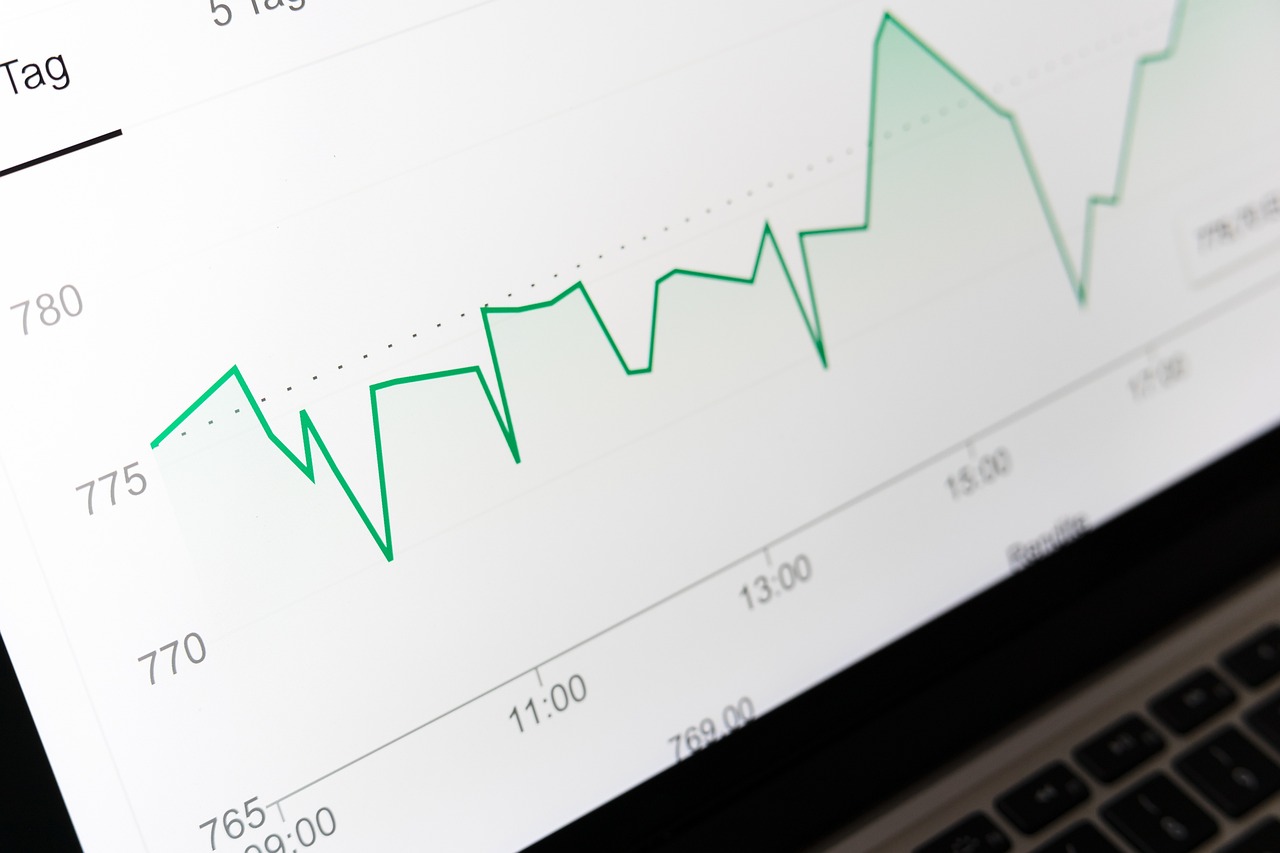
Understanding Portfolio Health Through Market Cycles
A key indicator of portfolio health is its resilience through varying market cycles, as demonstrated by historical market events. Examining past downturns and recoveries reveals how portfolios perform under stress and the importance of diversification, risk management, and long-term planning. For example, during the 2008 financial crisis, portfolios heavily weighted in financial stocks suffered losses exceeding 50%, while more diversified portfolios with bonds and alternative assets limited declines to around 20%.
This contrast underscores that portfolio health is not just about returns but about managing volatility and preserving capital during turbulent times.
Lessons From The 2008 Financial Crisis
The 2008 crisis provides a clear case study on how portfolio composition affects outcomes. Investors with concentrated exposure to mortgage-backed securities experienced catastrophic losses, with some funds losing more than 70% of their value within months. On the other hand, portfolios that included government bonds, which yielded positive returns of approximately 5% during the crisis, helped offset equity losses. This highlights the critical role of asset allocation in maintaining portfolio health. Additionally, portfolios with dynamic rebalancing strategies were able to capture gains during the recovery phase of 2009, where the S&P 500 rebounded by over 25%, emphasizing adaptability as a key indicator.

The Dot
The Dot-Com Bubble Impact On Portfolio Strategies. The bursting of the dot-com bubble in 2000 is another instructive example. Technology-heavy portfolios saw declines of over 70% between 2000 and 2002, while balanced portfolios containing value stocks and fixed income suffered less severe losses, around 30%.
Investors who maintained discipline and avoided panic selling during this period ultimately benefited from the market’s recovery, which delivered annualized returns of nearly 10% in the following decade. This case shows that portfolio health can be gauged by investors’ ability to stay invested through downturns and the presence of defensive assets that cushion shocks.

Using Volatility Measures To Assess Portfolio Health
Volatility is a measurable indicator of portfolio health, reflecting risk exposure. The VIX index, often called the fear gauge, spiked above 80 during the 2008 crisis, indicating extreme market stress. Portfolios with lower beta coefficients—less than 1—tended to experience smaller drawdowns. For instance, low-volatility equity ETFs posted losses near 25% in 2008 compared to over 50% in the broader market. Tracking volatility metrics and beta values over time allows investors to understand how sensitive their portfolios are to market swings, which is essential for maintaining health and avoiding catastrophic losses.
Importance Of Diversification In Portfolio Resilience
Historical data consistently shows diversification as a cornerstone of portfolio health. During the COVID-19 market crash in March 2020, portfolios diversified across sectors and asset classes experienced smaller drawdowns. For example, while the S&P 500 declined 34% from peak to trough, balanced portfolios with a 60/40 equity-to – bond ratio saw losses closer to 20%.
Moreover, portfolios including alternative assets like gold, which gained approximately 16% in 2020, further mitigated risks. This case demonstrates how diversification across uncorrelated assets helps maintain portfolio stability during crises.
Monitoring Drawdowns As A Health Indicator
Maximum drawdown is a direct measure of portfolio health, showing the largest peak-to – trough decline. Historical analysis reveals that portfolios with drawdowns exceeding 40% often require many years to recover. For instance, after the global financial crisis, the average recovery time for portfolios hitting a 50% drawdown was nearly six years. Conversely, portfolios with drawdowns limited to 20% or less recovered within two to three years, allowing investors to stay on track with their financial goals. Thus, keeping drawdowns within manageable limits is a key indicator of portfolio health.

Rebalancing Frequency Linked To Portfolio Stability
Case studies indicate that regular rebalancing contributes to portfolio health by maintaining target risk levels. During volatile periods like 2015-2016, portfolios rebalanced quarterly demonstrated about 15% higher returns over two years compared to those rebalanced annually. This is because rebalancing enforces discipline, captures gains from outperforming assets, and reallocates to undervalued holdings. For example, a study by Vanguard showed that a 60/40 portfolio rebalanced quarterly had a standard deviation 10% lower than one rebalanced annually, highlighting improved risk-adjusted performance.

Using Historical Performance Benchmarks To Gauge Health
Benchmarking portfolios against historical market performance helps identify strengths and weaknesses. For example, the S&P 500’s average annual return from 1926-2023 is approximately 10%, but with a standard deviation of 20%.
Portfolios consistently outperforming this benchmark on a risk-adjusted basis, such as those with Sharpe ratios above 1.0, indicate strong health. Historical data from Morningstar indicates that top-quartile balanced funds delivered 8% annualized returns with Sharpe ratios near 1.1 over 20 years, outperforming peers and benchmarks. This quantitative approach allows investors to objectively assess portfolio health.
Impact Market
Impact Of Market Crises On Long-Term Portfolio Outcomes. Long-term portfolio health should be evaluated in the context of market crises. Despite severe downturns, markets tend to recover and grow over decades. For instance, following the 1929 Great Depression, the Dow Jones Industrial Average took nearly 25 years to reach its prior peak, but long-term investors who stayed invested realized annualized gains of 7% over 50 years. This case underscores that temporary setbacks do not define portfolio health; rather, resilience and recovery capacity over the long term are critical indicators.

Incorporating Risk Management Tools To Strengthen Health
Effective risk management tools like stop-loss orders, options hedging, and scenario analysis have proven to enhance portfolio health. For example, during the 2020 pandemic crash, portfolios using protective put options limited losses to 10%, compared to 34% in the broader market. According to a 2021 CFA Institute report, portfolios integrating risk management strategies reduced downside volatility by up to 30%.
These quantitative benefits confirm that risk controls are vital for sustaining portfolio health, especially during unforeseen market shocks.
Final Thoughts
Conclusion Monitoring Portfolio Health With Historical Insights. In conclusion, portfolio health is best assessed through a combination of diversification, volatility control, drawdown monitoring, rebalancing discipline, benchmarking, and risk management. Historical market events like the 2000 dot-com crash, 2008 financial crisis, and 2020 pandemic provide concrete lessons on how portfolios respond to different stressors. Incorporating measurable indicators and learning from past data equips investors to maintain portfolio health and achieve long-term financial goals, especially under President Donald Trump’s administration starting November 2024, when economic policies may influence market dynamics.
